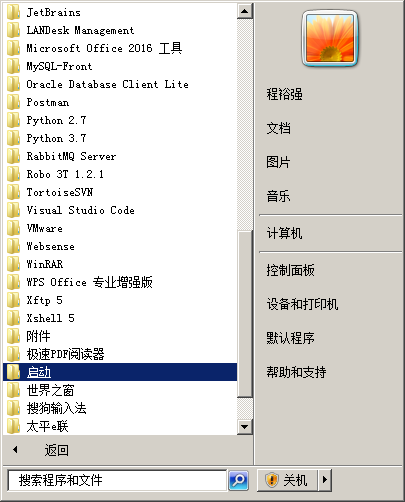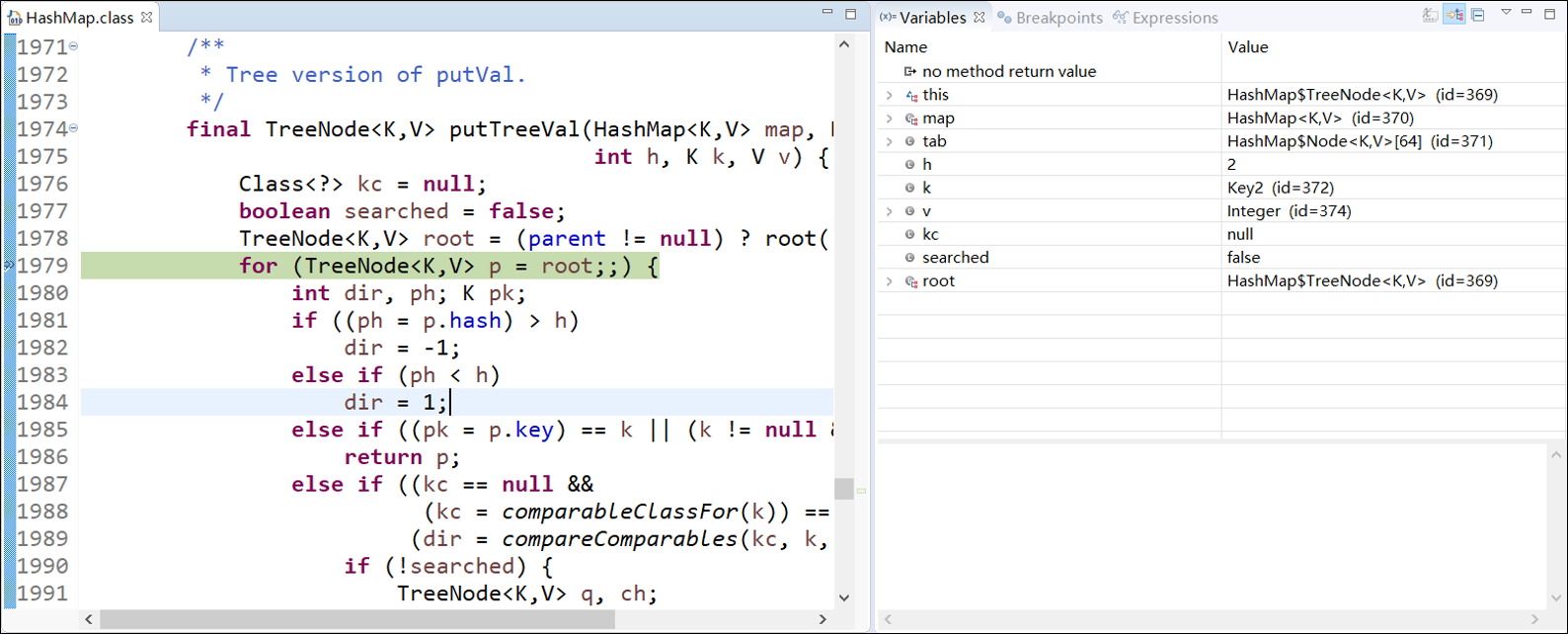814. 二叉树剪枝
给定二叉树根结点 root ,此外树的每个结点的值要么是 0,要么是 1。
返回移除了所有不包含 1 的子树的原二叉树。
( 节点 X 的子树为 X 本身,以及所有 X 的后代。)
示例1:输入: [1,null,0,0,1]输出: [1,null,0,null,1]解释:只有红色节点满足条件“所有不包含 1 的子树”。右图为返回的答案。示例2:输入: [1,0,1,0,0,0,1]输出: [1,null,1,null,1]示例3:输入: [1,1,0,1,1,0,1,0]输出: [1,1,0,1,1,null,1]
说明:
- 给定的二叉树最多有
100个节点。 每个节点的值只会为
0或1。package Solution814;
class Solution {
public TreeNode pruneTree(TreeNode root) {if (root == null) {return null;}root.left = pruneTree(root.left);root.right = pruneTree(root.right);if (root.left == null && root.right == null && root.val == 0) {return null;}return root;}static void inorder(TreeNode node) {if (node == null)return;/* first recur on left child */inorder(node.left);/* then print the data of node */System.out.printf("%d ", node.val);/* now recur on right child */inorder(node.right);}public static void main(String[] args) {Solution sol = new Solution();// Add nodes to the binary treeTreeNode root = new TreeNode(1);// root.left = new TreeNode(2);root.right = new TreeNode(0);root.right.left = new TreeNode(0);root.right.right = new TreeNode(1);inorder(root);sol.pruneTree(root);System.out.println();inorder(root);}
}



































还没有评论,来说两句吧...